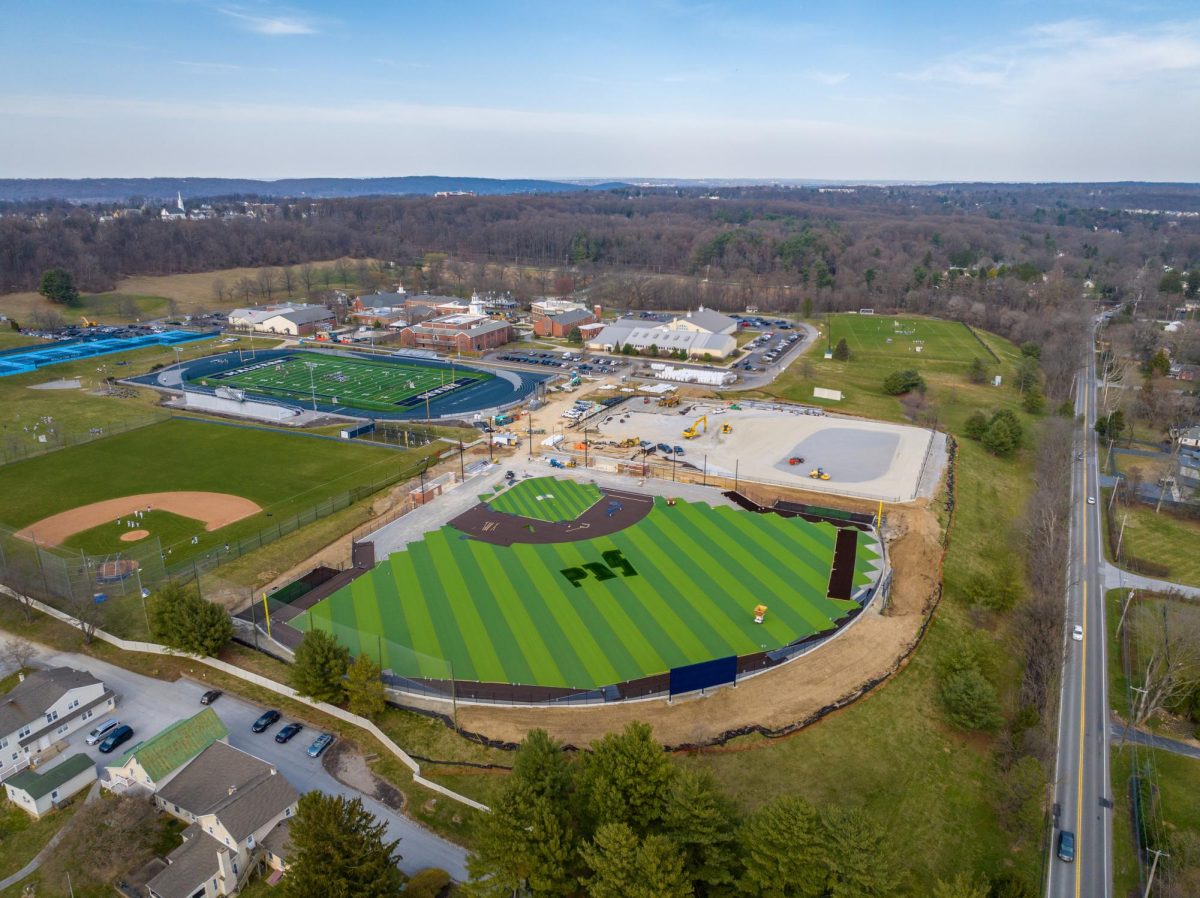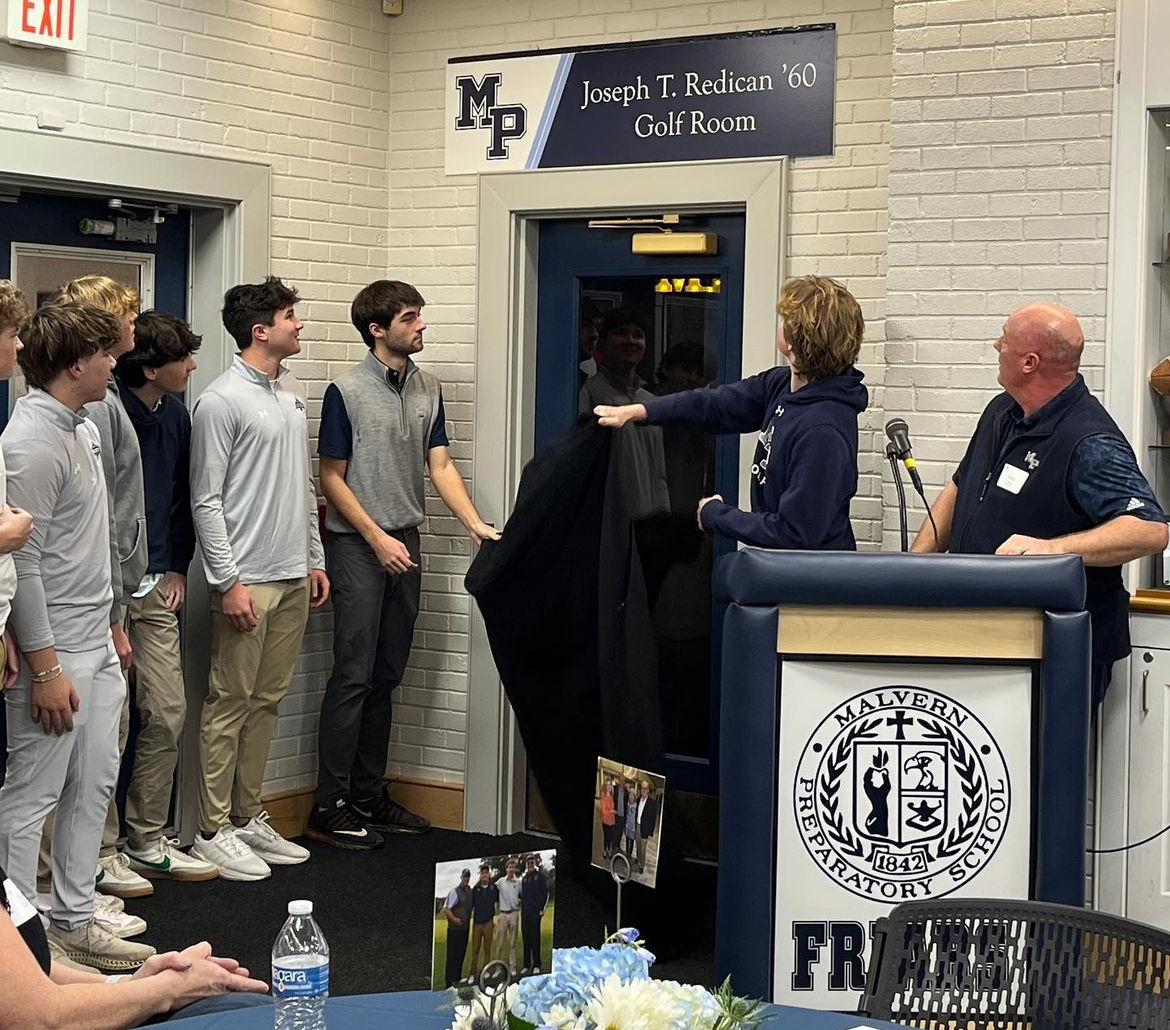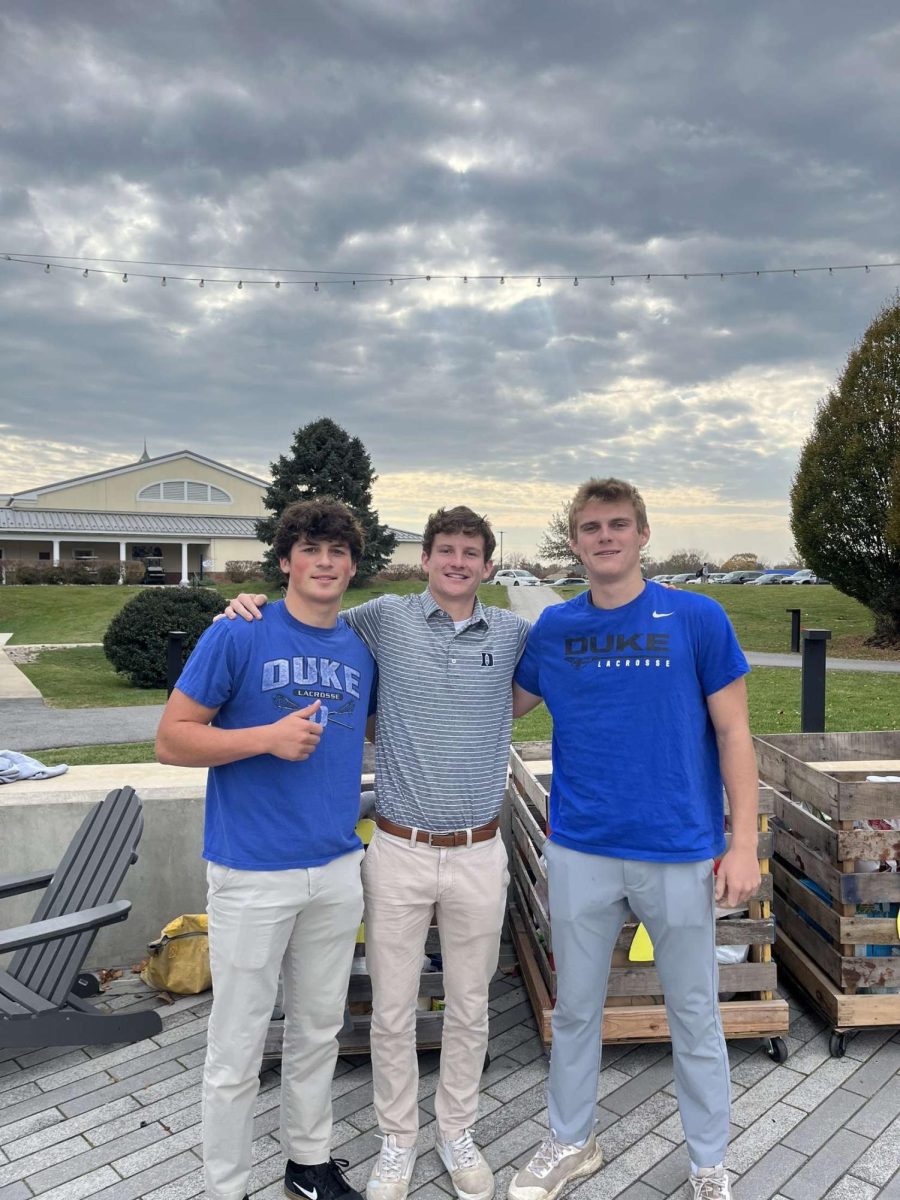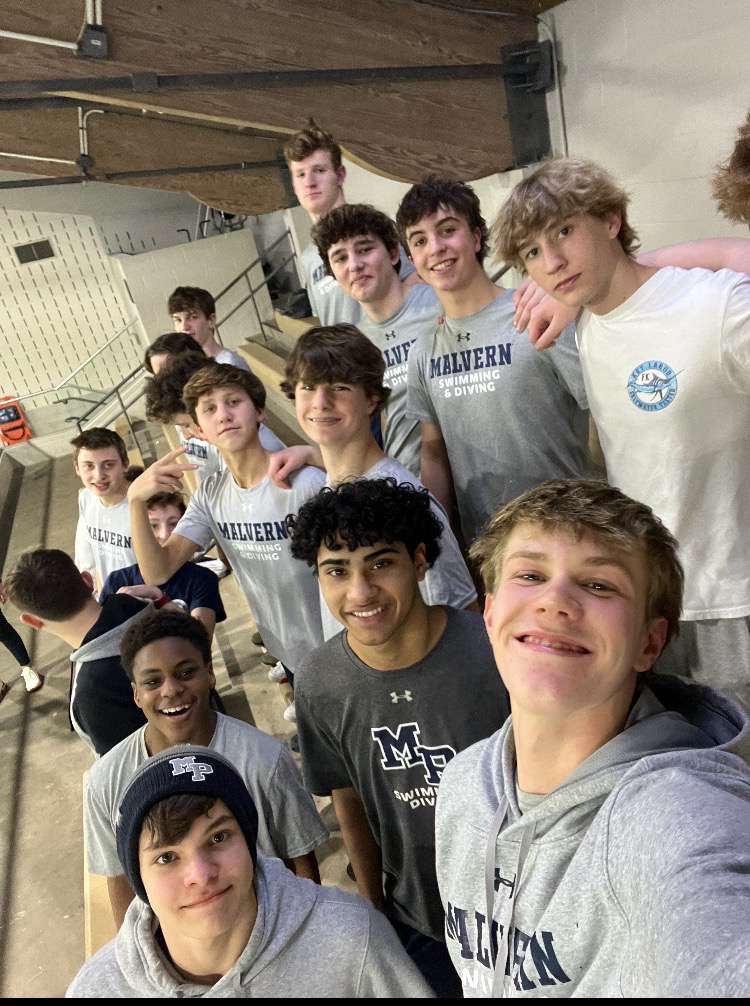Athletic Trainer Mr. Bill Mills shares aspirations to start an institute that would put Malvern at the forefront of high school sports medicine.

“No other high school in the country has what we plan on doing,” Mills said with a sparkle in his eyes.
If you already feel bloated with information of Malvern’s plans for the “21st Century,” don’t put your fork down yet because another serving of innovation is coming right up. Malvern is in the beginning stages of a plan to build a Medical Research Institute spearheaded by Bill Mills.
“The main goal of the Institute,” Mills explained, “is to give students the opportunity to get ahead in the field of medicine, while contributing to the community.”
Mills said that when he first started as a trainer at Malvern 28 years ago, it was commonplace to simply tape and treat injuries. All rehab was done by outsiders. “I started rehab here,” Mills explained, “so that students could still feel a part of the team and stay on campus while recovering.”
In addition to pioneering rehab, Mills brought in student interns. “To get into med school, you have to separate yourself from others and do something different,” he said. He really enjoyed teaching these students, so he decided to teach a Sports Medicine class here at Malvern.
“It went well for about 10 years, but I just got too busy and had to stop it about 5 years ago, “ he said.
Mr. Mills thought about the importance of research experience in college. He wondered, “Why can’t we do research here?” The issue was, Mills didn’t have any higher level education in statistics or research.
“My goal was to get accepted into a doctorate program so I can start a research program here,” said Mills.
“Mills asked to earn his doctorate in Physiology,” explained Head of School Christian Talbot, “and I agreed to support that graduate degree on the condition that he used what he learned there and applied it here to Malvern, ideally in the form of a sports medicine institute, but also to teach courses and run seminars.”
According to the Malvern website, the school offers its employees 100% financial tuition assistance for approved graduate credits upon receipt of an “A” or “B” in the course.
Mills is now in the research program at Rocky Mountain University (RMU) in Utah, where he takes online classes. He plans to graduate in the next year or two.
Mills is specifically doing research on concussions and lacrosse. He noted that there are many studies on concussions in football and ice hockey, but not as many in lacrosse.
He has set up a system where players wear devices that test G forces. G forces are the forces acting on a object as a result of acceleration or gravity. If a hit reaches a certain number their balance will be tested and compared to baseline results.
However, this doctorate isn’t just about the education. Mills has also built connections with others on his dissertation team. Some of these connections that he hopes to explore in the future of sports medicine at Malvern include the University of North Carolina, Pennsylvania State University, the Children’s Hospital of Philadelphia, and Lankenau Hospital.
Once he gets his doctorate, Mills’ first plan of action is to create a research method class elective for Seniors who are interested into going into either sports medicine or medicine in general.
In concurrence with this class, he would like to build a Sports Medicine Research Institute. It would be a state of the art facility for building up student-lead medical databases.
One difficulty with doing research is that an Institutional Review Board (IRB), an approval that human subjects can be used in research, must be obtained before any testing is started. Due to the connections Mills has made at RMU, CHOP has agreed to let Malvern do research under their IRB.
A specific facet of the institute that Mills has in mind is to develop a state of the art concussion baseline testing center. Mills described two possibilities for this program. In the first option, it might be funded by grants, and high schools from around the area could visit for free. The second option would charge a fee to participating schools.
With such ambitious plans, it will take a few years for this institute to come to fruition, but Mills is perfectly fine with that.
“I want to do this,” Mills asserted. “I want to do this right.”
Something that will come in to effect next year is the pre-screening of heart conditions using EKG’s (Electrocardiogram). Mills originally planned to run a pilot on the rowing team with the Haverford School and the American Heart Association, but the heart association backed out due to the costs induced by the volume of students.
Luckily, Dr. Kowey and Dr. McGeehan, cardiologists at Lankenau Hospital who also work with many students, have agreed to take on this project, according to Mills.
Although Mills has some steps in place for next year, and high hopes for a Sports Medicine Institute in the future, Talbot emphasizes that these plans are still in the discussion phase.
“When Malvern has a big project that they would like to plan for, a strategic insight council – an assorted combination of trustees and non-trustees – is brought in to talk about the logistics of these plans,” said Talbot. “This council is the signaling of the start of a project really getting the ball rolling.”
To put some perspective on the uncertainty of future plans in Sports Medicine, Talbot noted that the strategic insight council has not been formed yet.
However, Mills is hopeful. “These are dreams,” said Mills. “But realistic dreams.”







